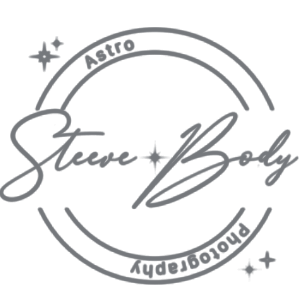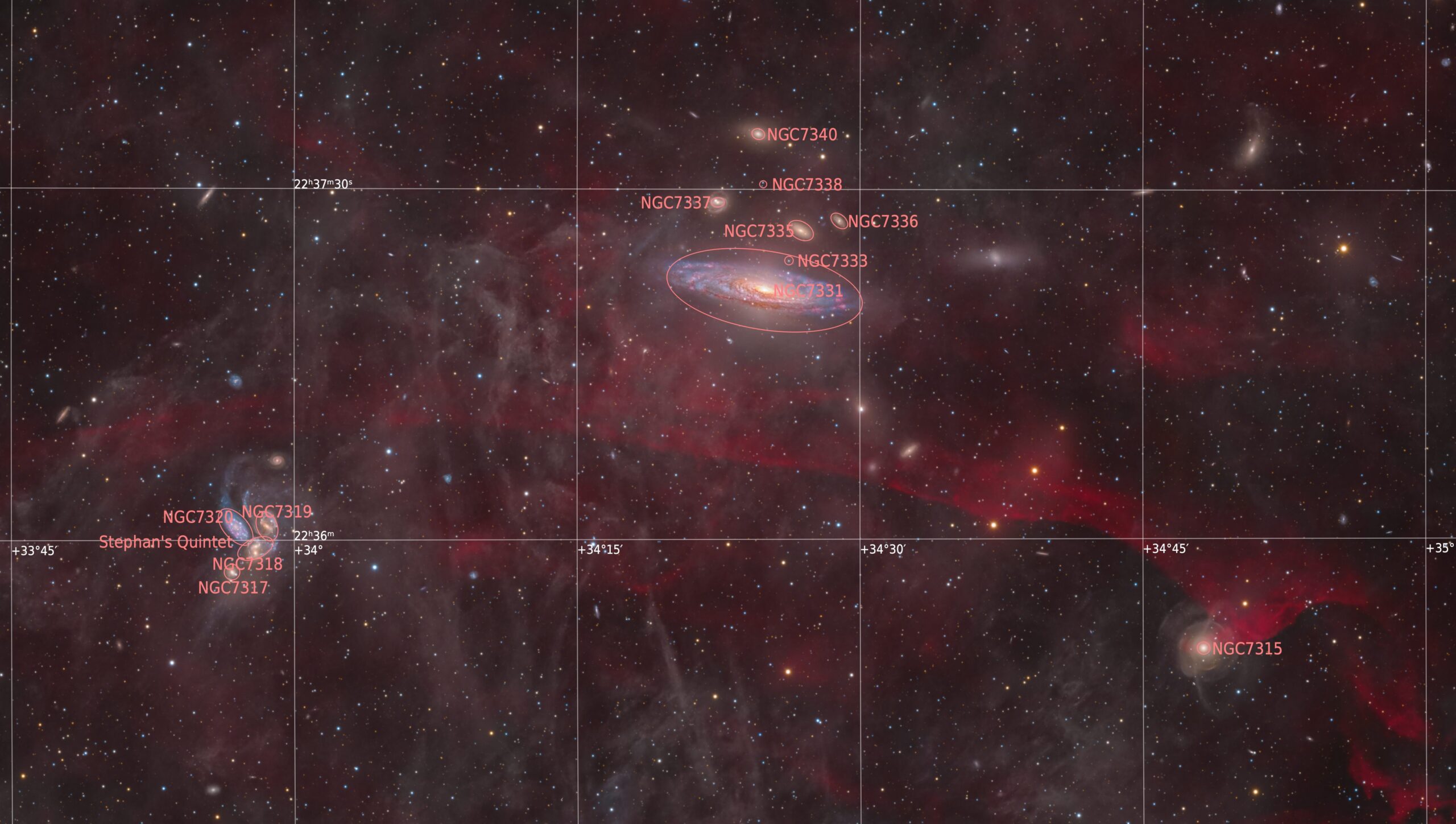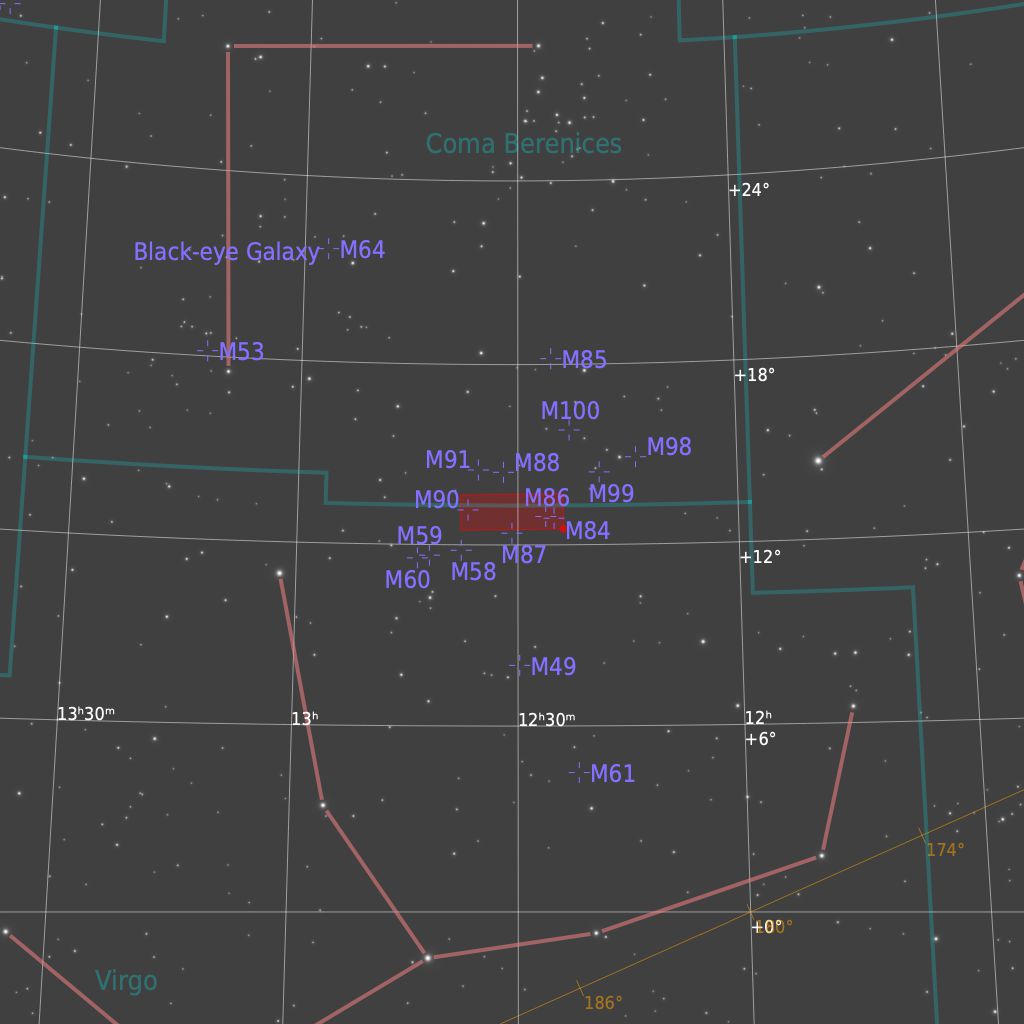Deer Lick Group & Stephan’s Quintet: A Deep Dive with H-alpha Surprises
I’m thrilled to share our latest Deep Sky Collective (DSC) collaboration focused on the Deer Lick Group and the famous Stephan’s Quintet—two captivating sets of galaxies located in the constellation Pegasus. The largest galaxy in the Deer Lick Group, NGC 7331, is about 45 million light-years away and stretches 120,000 ly across, while the other Deer Lick galaxies lie much farther out at around 295–365 million light-years. In addition, our field includes Stephan’s Quintet, the first compact galaxy group ever discovered (in 1877), plus many other intriguing galaxies such as NGC 7315.
Uncovering the H-alpha Background
One of the highlights of this project is the pronounced H-alpha background we uncovered—a feature that was virtually unknown to amateur astrophotographers until recently. First pointed out by our science consultant Patrick Ogle, this faint background reveals a sharp shock front slicing through the frame, along with a bulge of H-alpha on the right side. The origin of this structure is still under study, but it may connect to the Great Lacerta Nebula via stellar winds inflating a bubble.
To capture these faint emissions, we used long sub-exposures, averaging 1,400 seconds per frame, yielding over 350 hours of H-alpha alone. Paired with our broadband data, we achieved the depth required to show this distinct shock front in the final mosaic.
IFN & Tidal Streams
Beyond the H-alpha structures, this field teems with Integrated Flux Nebula (IFN)—a faint dust network adding depth and mystery to the image. With more than 130 hours of Luminance and 90 hours of RGB, we managed to reveal the IFN’s full extent and detail. These long exposures also captured the blueish tidal streams around Stephan’s Quintet, hinting at star-forming regions bursting with hot, massive stars.
Marvels of NGC 7315
A particularly striking galaxy in the field is NGC 7315, showcasing an immense halo that extends well beyond the visible disk—up to a remarkable 385,000 ly across, based on our data. Several other smaller galaxies populate the scene, each inviting further inspection when you zoom into the high-resolution version of the image.
Project Details & Integration
Our small-FOV team began collecting data in late July and continued for about three months, followed by three months of pre- and post-processing. In total, 12 contributors (including myself) worked diligently to gather 580 hours 13 minutes of integration. This depth allowed us to push the limits, revealing Ha, IFN, tidal streams, and countless background galaxies:
•Target Integration:
•~240 hours of LRGB in a 5 : 1 : 1 : 1 split
•150 hours of Ha
Despite the ambitious plan, we exceeded our goals, producing the longest integration ever captured on this field by the DSC.
My Role in the Project
I had the pleasure of editing this extensive dataset, balancing faint Ha structures, subtle IFN details, and broad LRGB layers into a cohesive image. Special thanks to everyone who contributed countless subs from various telescopes, making this final mosaic possible.
Credits & Special Thanks
- Tim Schaeffer – Coordinator & Photographer
- Adrien Keijzer – Stacker & Photographer
- Steeve Body (Editor)
- Photographers: Akash Jain, Mike Hamende, Ryan Wierckx, John Dziuba, Paul Kent, Bogdan Borz, Antoine & Dalia Grelin, Mark Petersen, Jens Unger
- Patrick Ogle – Science consultant, first to note the Ha background
- Carl Björk – Stacking consultant
- Everyone who contributed data, time, and expertise
We also want to highlight our new pre-processing tutorial, developed by Carl Björk and Sean Pickard and now available on the DSC website. This guide details how we stack data from multiple contributors and systems, perfect for anyone looking to replicate or enhance collaborative astrophotography workflows.
https://deepskycollective.com/gallery
Zoom in to explore star-forming regions in Stephan’s Quintet, faint IFN tendrils, and the sprawling halo around NGC 7315. We hope you enjoy discovering these cosmic wonders as much as we did capturing them!
Clear skies and happy exploring!


